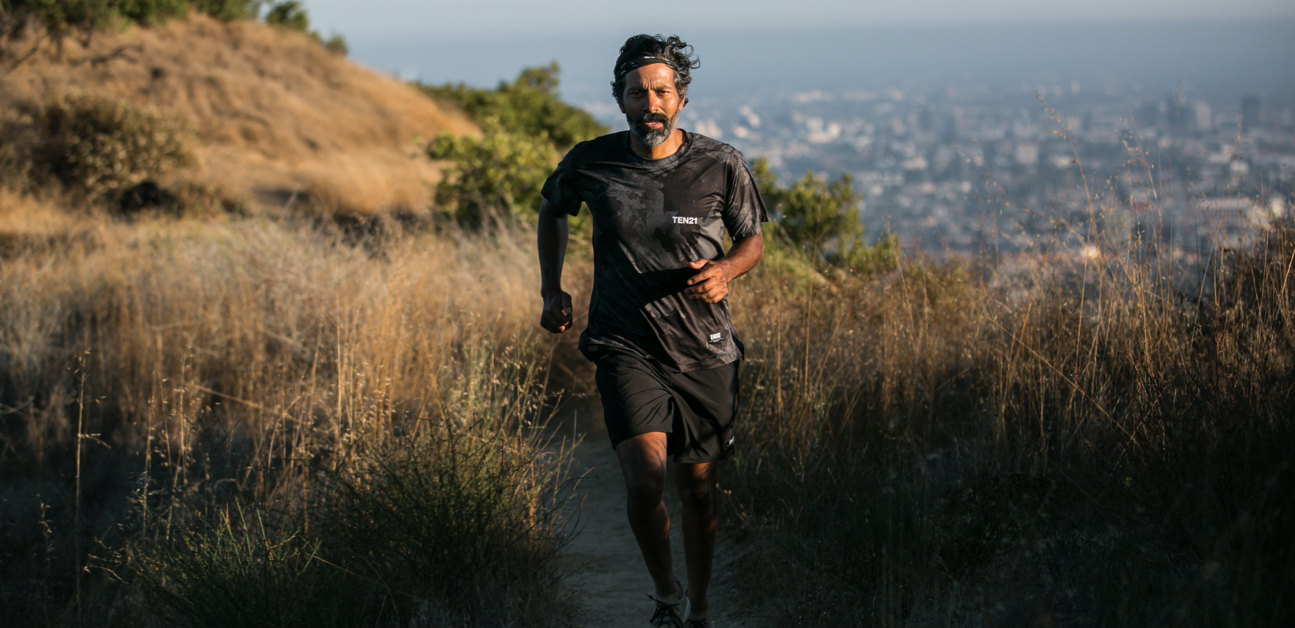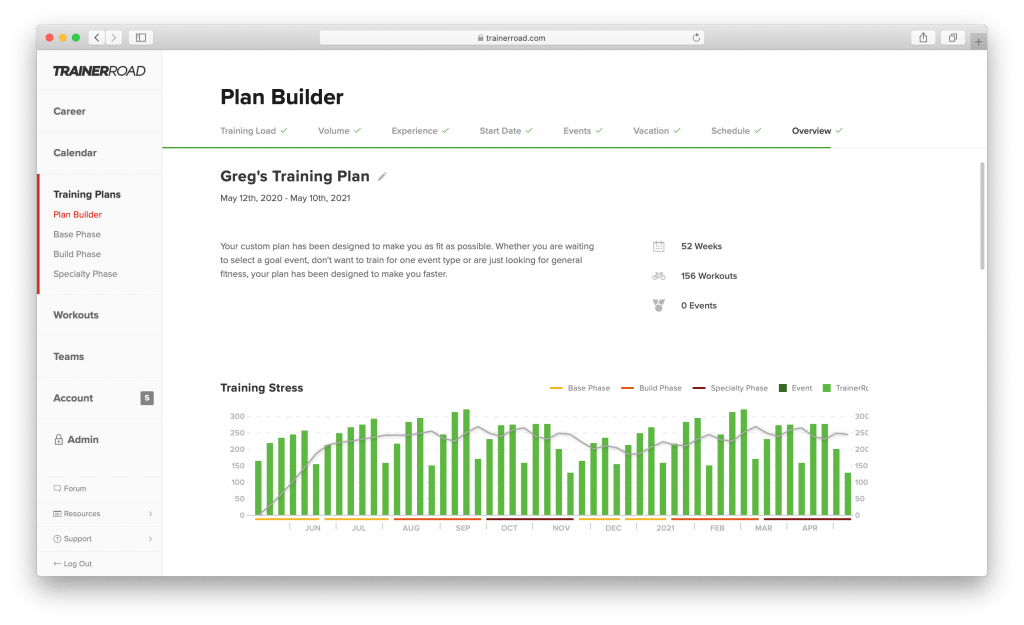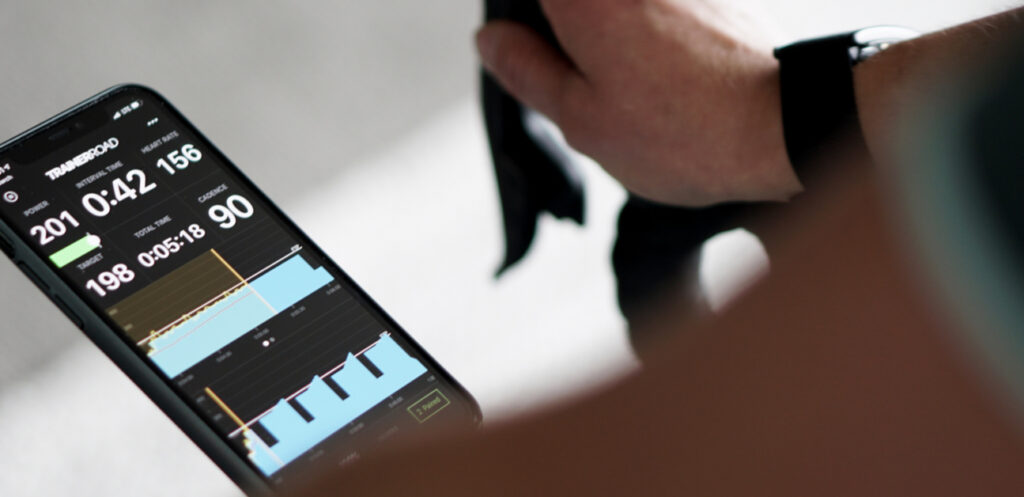Base Training: Goals and Myths

Time and time again, we return to base training. But why? Is it possible to skip base training when you’re fit? Can you derail your progression with early season racing or even too much base? Here’s the answer to these common base training questions and the goals behind base training.
For more on base training check out the Ask a Cycling Coach Podcast Ep 281.
Time for Base
For most cyclists, late fall and early winter signals the start of a new training season— which means the start of base training. Base training lays the foundational fitness and the necessary capabilities for the more specialized training that happens in later training phases. With workouts that target your aerobic fitness, muscular endurance, and sustained power capabilities, the Base Phase is the natural place to start the season and the best way to prepare for the harder work that lies ahead.
The start of base training poses some important questions. You might be wondering if you need base training this year, or if doing some early season racing might hinder your progression. To ensure you’re jumping into the right training phase and planning out your base season correctly, here’s a rundown on the goals of base training, and clarity on a few base training myths.
Base Training Goals
- Reinforce existing aerobic fitness and muscular endurance.
- Establish new levels of aerobic fitness and muscular endurance.
- Train your aerobic energy system.
- Prime your body to take on larger levels of work later on.
- Establish good motor patterns and prepare your tendons for new levels of stress.
Physical Foundation
The overarching goal of base training is to reinforce and build your aerobic energy system and muscular endurance. Your aerobic energy system is the energy system responsible for supplying fuel to your body during all endurance efforts and sustained activities. Any effort that takes longer than three minutes is primarily fueled by this energy system. Muscular endurance is your muscular ability to maintain sustained power outputs for prolonged periods of time.
These endurance capabilities are broadly used, but it takes specific structured training to target them, and it’s the Base Phase’s primary function to train and strengthen these capabilities. Once these capabilities are in place, it paves the way for you to do higher quality anaerobic and VO2 Max work. If training is like building a house, base training is like the installation of the plumbing and the electrical. You’ve got to install your energy delivery and circulatory systems before you build the rest of your fitness.
Mechanical Foundation
Base also prepares you mechanically for tougher workouts, more intensity, and more training stress later on in the season. Though it can be challenging, base training doesn’t demand as much intensity or strain as the later training phases do. It’s a perfect way to ease back into training and adjust to an elevated workload. This in turn can help prevent injury by ensuring that your body is physically primed for a more strenuous workload. Jumping into intensity or a major workload too soon has the potential to lead to injury in your joints. Establishing good motor patterns and being progressive with your workload will pay off in the long run.
Base Training Myths
- You can skip base training if you’re already fit going into the season.
- You can’t do any races during base training.
- You can only benefit from base training at the start of your season.
Don’t Skip Base Training!
Even when you’re feeling strong at the start of your season, you shouldn’t skip base training. There’s a reason why even the most elite athletes in the world return to base at the start of every season, and it’s because everyone can benefit from it. Unless you return to it every few months your underlying aerobic fitness will naturally tend to diminish over time.
Returning to base at the start of each season isn’t just part of the routine though. The fitness you carry into your base training can help you build a more robust and stronger base. In fact, prior fitness is only going to help you elevate your fitness to new heights during the new season. It may take a little extra patience to rebuild your aerobic base if you’re already fit, but it’s worth it in the long run. If you’re feeling tempted to jump into Build, consider how much higher you’ll be able to elevate your power in the Build phase with six weeks of focused aerobic training under your belt.
You Can Race During Base (With Some Key Points in Mind)
High intensity during the base season isn’t inherently bad. In fact, if you’re a time crunched cyclist training with a sweet spot base plan, you’ll likely be doing a fair amount of intensity during your base workouts. In a similar sense, it’s not bad or counterproductive to your training progression to do some racing during the Base Phase. You can race during the base season if it helps motivate you and elevates the overall consistency and quality of your training plan. You should only avoid racing during the base season if it tampers with your regular training schedule or prevents you from being able to do your planned workouts.
Adaptive Training
Get the right workout, every time with training that adapts to you.
Check Out TrainerRoadRacing can actually be quite beneficial during base if it helps keep you motivated to keep up your training. There’s no denying that base can be difficult, and for some athletes it can be tough to find motivation when all the racing is far out on your calendar. If integrating a few races into your Base Phase keeps the fire stoked and helps maintain your training consistency, then that’s all the better. Racing during base can even offer you a chance to experiment with some different nutrition strategies, race tactics, and gear, in a low risk situation. Like anything, there’s a definite balance to strike with racing in the base season. If you do choose to race try to limit yourself to one race every few weeks.
You Can’t Have too Much Base
Base training is so important to performance that cyclists can actually benefit from repeating base again, later on in the season. If you have more time to train than the traditional seven months it takes to do a full Base/ Build/ Specialty progression, you can actually benefit from additional weeks spent base training. This is why Plan Builder will usually add an additional Base Phase after your first Build phase when you have more than the average amount of time to train.
If you want to get started with your own base plan you can use Plan Builder to build a custom training plan structured for you and your goals.

For more cycling training knowledge, listen to Ask a Cycling Coach — the only podcast dedicated to making you a faster cyclist. New episodes are released weekly.

